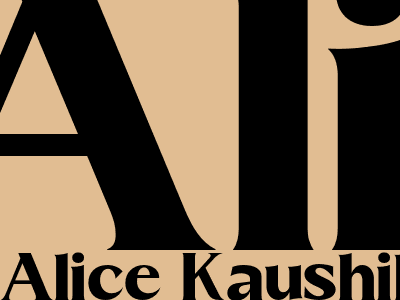Getting Started with SEO: A Comprehensive Guide
Introduction
Search engine optimization (SEO) is the practice of optimizing a website to improve its ranking in search engine results pages (SERPs). By following SEO best practices, you can increase the visibility of your website and attract more organic traffic.
This guide will provide you with a comprehensive overview of SEO, from the basics to advanced techniques. We'll cover everything from keyword research to link building, and everything in between.
Keyword Research
Keyword research is the foundation of any SEO campaign. It's the process of identifying the keywords and phrases that your target audience is searching for.
There are a number of different keyword research tools available, both free and paid. Some of the most popular tools include:
- Google Keyword Planner
- Ahrefs Keyword Explorer
- SEMrush Keyword Magic Tool
Once you've identified a list of target keywords, you need to start incorporating them into your website's content.
On-Page Optimization
On-page optimization refers to the practice of optimizing your website's content and structure to improve its ranking in SERPs.
There are a number of different on-page optimization factors to consider, including:
- Title tags
- Meta descriptions
- Header tags (H1, H2, H3, etc.)
- Image alt tags
- Internal linking
By optimizing these elements, you can help Google understand what your website is about and how it's relevant to the user's search query.
Link Building
Link building is the process of acquiring backlinks from other websites. Backlinks are a powerful ranking factor, and they can help to improve your website's authority and visibility.
There are a number of different ways to build backlinks, including:
- Guest blogging
- Directory submissions
- Social media
- Broken link building
When building backlinks, it's important to focus on quality over quantity. A few high-quality backlinks from relevant websites are worth more than hundreds of low-quality backlinks from spammy websites.
Technical SEO
Technical SEO refers to the practice of optimizing your website's technical infrastructure to improve its ranking in SERPs.
There are a number of different technical SEO factors to consider, including:
- Website speed
- Mobile-friendliness
- Security
- XML sitemap
By optimizing these elements, you can help Google crawl and index your website more easily, which can lead to improved rankings.
Local SEO
Local SEO is the practice of optimizing your website to improve its ranking in local search results.
Local SEO is important for businesses that want to attract customers from their local area.
There are a number of different local SEO factors to consider, including:
- Google My Business listing
- Local citations
- Reviews
By optimizing these elements, you can help Google understand your business's location and how it's relevant to local search queries.
E-commerce SEO
E-commerce SEO is the practice of optimizing your website to improve its ranking in search results for products and services.
E-commerce SEO is important for businesses that want to sell products and services online.
There are a number of different e-commerce SEO factors to consider, including:
- Product pages
- Category pages
- Shopping cart
- Checkout process
By optimizing these elements, you can help Google understand your products and services, and how they're relevant to search queries.
Conclusion
SEO is a complex and ever-changing field.
By following the tips and advice in this guide, you can improve your website's ranking in SERPs and attract more organic traffic.
Remember, SEO is a long-term game. It takes time and effort to see results. But if you're patient and persistent, you'll eventually see success.

Komentar